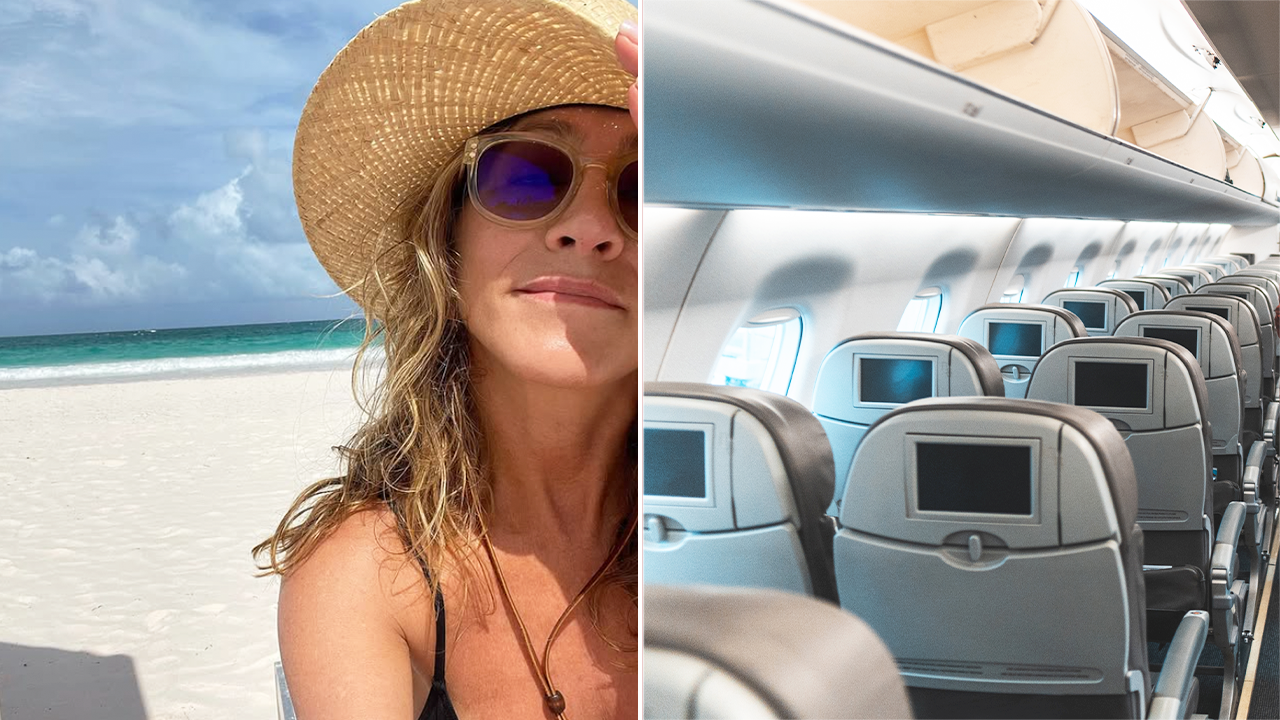Jennifer Aniston’s Hypnosis Journey to Overcome Flight Anxiety
In a surprising revelation, Hollywood icon Jennifer Aniston has turned to hypnosis to conquer her debilitating fear of flying. The Emmy-winning actress, known for her role in Friends, recently disclosed her years-long struggle with aerophobia and her decision to explore alternative therapies. This development shines a spotlight on the growing acceptance of hypnotherapy for anxiety treatment and raises questions about its efficacy for phobias.
The Science Behind Flight Phobia and Hypnotherapy
Aerophobia affects approximately 2.5-40% of the general population, according to the National Institute of Mental Health. While severity varies, extreme cases can trigger panic attacks, nausea, and avoidance behaviors that significantly impact personal and professional lives. Traditional treatments include cognitive behavioral therapy (CBT) and exposure therapy, but recent years have seen increased interest in complementary approaches.
Dr. Michael Yapko, a clinical psychologist specializing in hypnosis, explains: “Hypnosis works by accessing the subconscious mind where phobias reside. Unlike talk therapy that engages conscious reasoning, hypnosis can reframe automatic fear responses at their source.” Research from Stanford University shows hypnosis can reduce anxiety symptoms by up to 80% when combined with other therapies.
Key benefits of hypnosis for phobias include:
- Non-invasive nature with minimal side effects
- Potential for rapid results compared to traditional therapy
- Ability to customize sessions to individual triggers
Celebrity Influence on Mental Health Trends
Aniston’s disclosure follows a growing trend of celebrities openly discussing mental health struggles and alternative treatments. From Emma Stone’s therapy journey to Prince Harry’s EMDR treatment for trauma, public figures are reshaping conversations around psychological wellbeing. This transparency has tangible effects – the American Hypnosis Association reports a 37% increase in inquiries since Aniston’s story broke.
However, some experts urge caution. Dr. Sarah Jenkins, a behavioral psychologist, notes: “While celebrity endorsements raise awareness, they can also create unrealistic expectations. Hypnosis shows promise but isn’t a magic cure. Success depends on the individual’s responsiveness and the practitioner’s skill.”
The entertainment industry’s unique pressures may explain why stars seek unconventional solutions. Tight schedules, constant travel, and public scrutiny create perfect storms for anxiety disorders. For Aniston, whose career requires frequent flights to sets and events, untreated aerophobia could have professional consequences.
Evaluating Hypnotherapy’s Effectiveness for Phobias
Clinical studies present mixed but promising results. A 2022 meta-analysis in the Journal of Anxiety Disorders found hypnosis reduced phobia symptoms by 68% compared to control groups. However, relapse rates were higher than CBT at 6-month follow-ups. This suggests hypnotherapy may work best as part of a comprehensive treatment plan.
Successful hypnosis typically involves:
- Identifying specific fear triggers (turbulence, claustrophobia, etc.)
- Developing personalized calming techniques
- Gradual exposure through visualization
- Post-session reinforcement exercises
Aniston reportedly underwent intensive sessions combining hypnosis with breathing techniques. Her therapist likely employed age regression to address potential trauma sources – a common approach for sudden-onset phobias. While the actress hasn’t disclosed full details, sources close to her note significant improvement in travel comfort.
The Future of Anxiety Treatment
Aniston’s experience reflects broader shifts in mental healthcare. The global alternative therapy market is projected to reach $404.66 billion by 2028, with hypnotherapy as a fastest-growing segment. Digital platforms now offer virtual hypnosis sessions, making treatment more accessible.
Yet challenges remain. Insurance coverage varies widely, and regulation of hypnotherapists differs by state. The National Board for Certified Clinical Hypnotherapists emphasizes the importance of verifying credentials, as improper techniques can exacerbate anxiety.
For those considering hypnosis, experts recommend:
- Consulting a licensed mental health professional first
- Choosing board-certified hypnotherapists
- Setting realistic expectations
- Combining with evidence-based therapies
Beyond Fear: The Ripple Effects of Treatment
Conquering a phobia often creates positive cascades. Patients report improved sleep, better relationships, and increased professional confidence. For public figures like Aniston, overcoming flight anxiety could mean more international projects and personal freedom.
As research continues, the medical community is taking hypnotherapy more seriously. Major hospitals now incorporate it into pain management and PTSD programs. This growing acceptance suggests we may see more crossover into mainstream anxiety treatment.
Aniston’s journey reminds us that even the most successful individuals face hidden battles. Her willingness to explore unconventional solutions while maintaining her career offers hope to millions struggling with phobias. As she told a recent interviewer: “Growth happens when you step outside comfort zones – sometimes with professional help.”
For readers inspired by this story, consider consulting a mental health professional about personalized treatment options. Remember that overcoming fear is a process, and seeking help itself is an act of courage.
See more The Buzz Live

